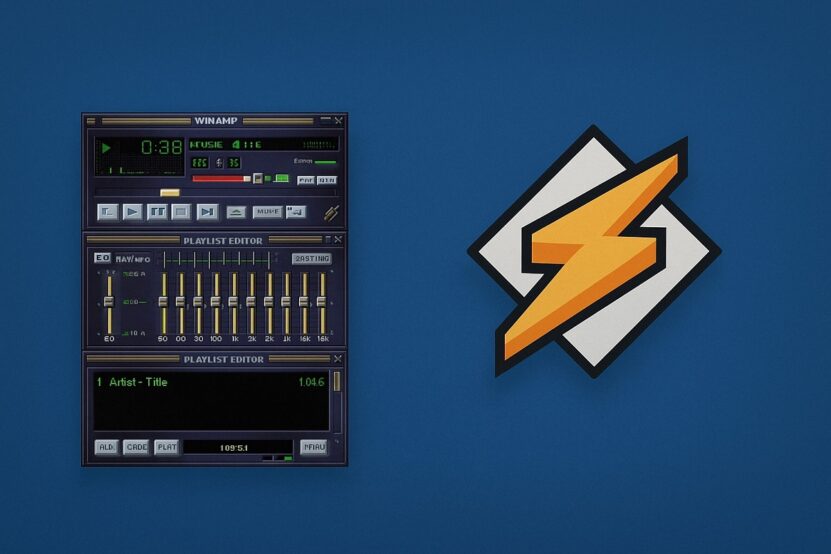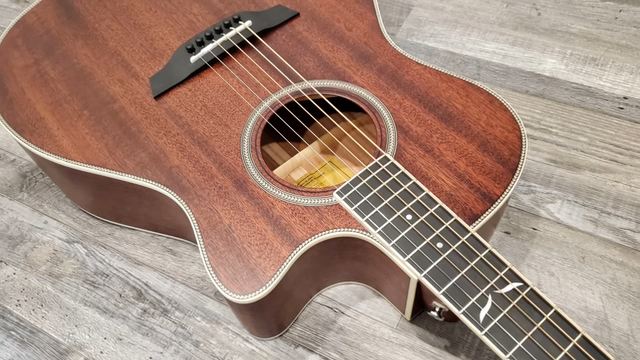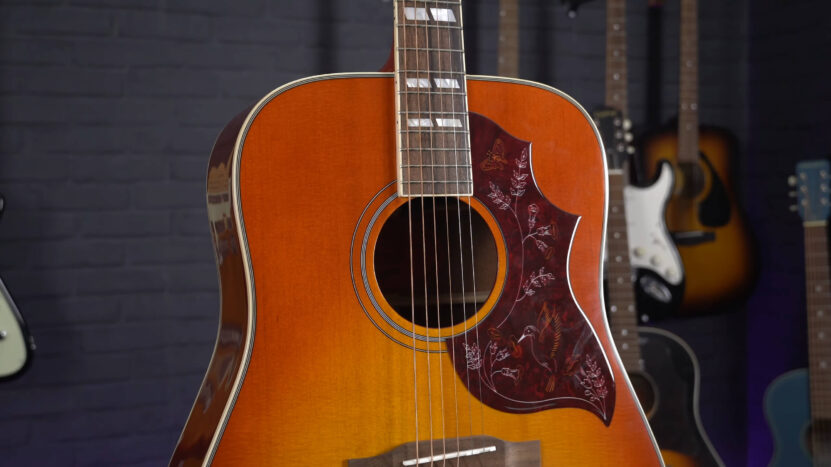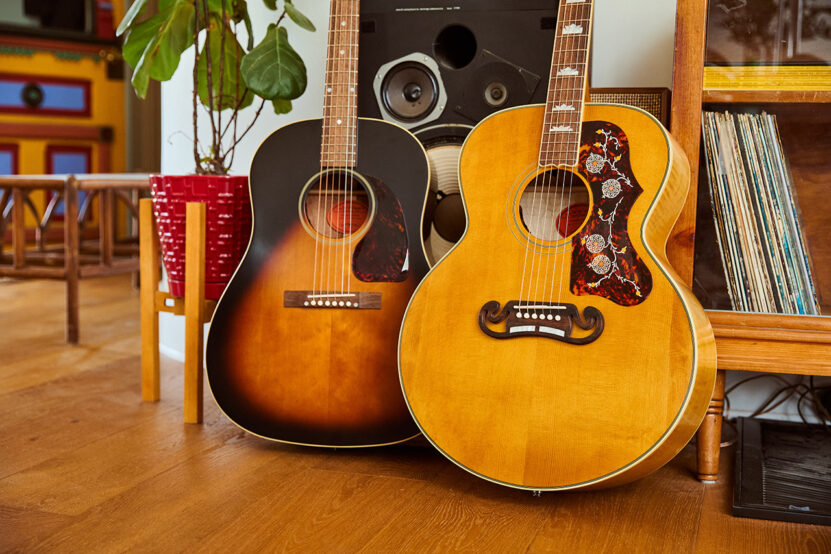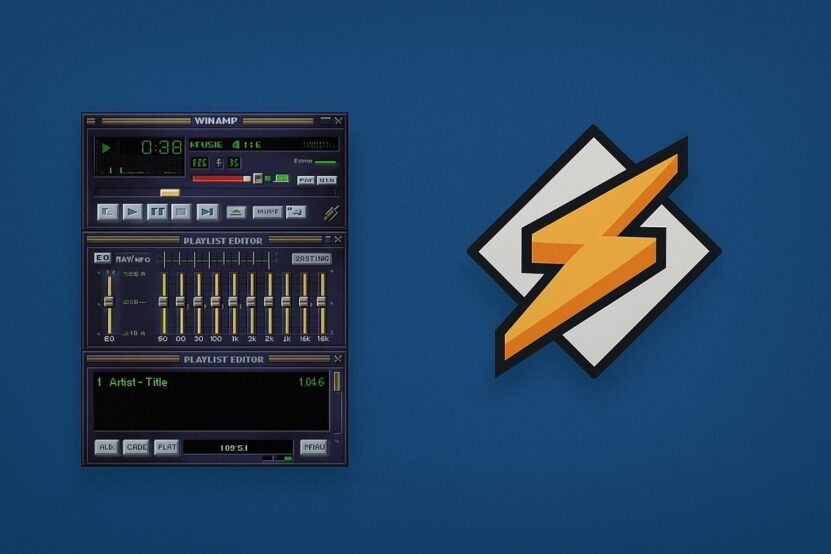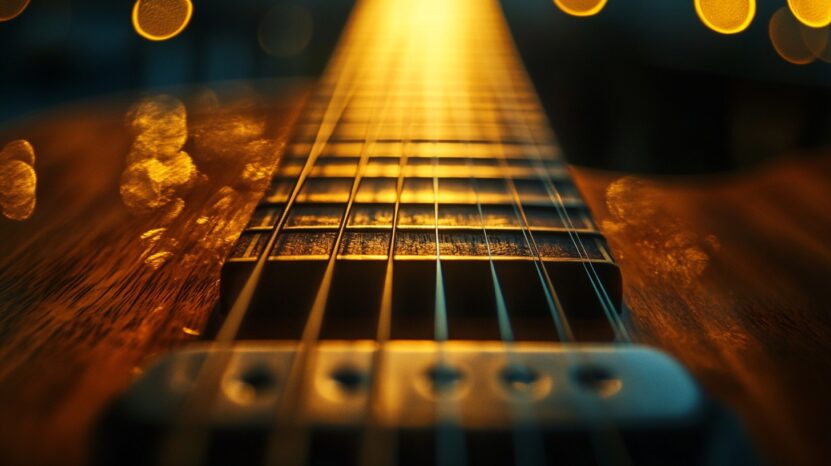
Share Post:
lternate tunings in guitar playing offer new sonic possibilities that differ from standard tuning.
One such tuning, Double Drop D, modifies both the sixth and first strings to create a deeper, fuller sound. This tuning has gained popularity among rock musicians for its rich resonance and chord structures.
Alternate tunings in general have long been a tool for breaking the creative mold, allowing guitarists to explore fresh musical textures.
Today we will discuss how to use this tuning, its benefits, and why it has become a favorite for many iconic rock songs.
How to Tune to Double Drop D
Tuning your guitar to Double Drop D is a straightforward process that can add a deeper, more resonant quality to your sound.
To achieve this tuning, you only need to adjust two strings while leaving the rest in standard tuning.
Step 1: Lowering the Low E String to D
Start by adjusting the low E string (sixth string). Loosen the string by turning the tuning peg counterclockwise.
Aim to lower the pitch until it matches the open fourth string, which is already tuned to D in standard tuning.
You can compare the two strings by playing them together to ensure they sound the same.
A digital tuner can also be helpful to confirm that the pitch is correct.
Step 2: Lowering the High E String to D
Next, focus on the high E string (first string). Just like the low E string, you’ll need to lower the pitch to D.
Turn the tuning peg slowly and carefully until the high E matches the open fourth string for accuracy.
Alternatively, you can use the open third string (also a D) as a reference, listening closely to match the notes.
Step 3: Ensuring Proper Tuning and Guitar Health

Accurate tuning is essential. It is not only for achieving the desired sound but also for maintaining the health of your guitar and strings.
Tuning too low or too high can put unnecessary stress on the neck of your guitar and may damage the strings.
To avoid this, use a reliable tuner or tune carefully by ear, ensuring the strings ring out clearly and without buzzing.
Step 4: Final Check for Clear Sound
Once both the low E and high E strings are tuned down to D.
Ensure that each note rings clearly and resonates without any unwanted distortion or fret buzz.
This will confirm that your guitar is properly tuned and ready to play.
Why Use Double Drop D Tuning?
One of the main reasons guitarists favor this tuning is because of its rich, full sound.
The symmetry created by lowering both E strings to D enhances the guitar’s natural resonance, giving chords a more robust and dynamic character.
That makes it ideal for players who want to add depth to their compositions without complicating their finger positions.
For songwriters, it opens up new possibilities, particularly with open chords and droning notes.
Fingerpicking patterns also benefit from this tuning, as the ringing D strings add harmonic layers that enhance the overall sound.
The tonal range is particularly useful to rock, acoustic, and even metal genres, as it adds a thick bottom end without sacrificing melodic complexity.
Experimenting with this tuning can also push musicians to think outside of standard tuning limitations.
Iconic Rock Songs in Double Drop D
Double Drop D tuning is present in several iconic rock songs, each demonstrating the qualities and versatility this tuning offers.
By lowering the low and high E strings to D, musicians can create open, droning sounds that provide depth and resonance.
The same goes for both acoustic and electric performances.
The tuning is useful for adding warmth and richness to fingerstyle playing, and for creating powerful, rhythmic rock anthems.
- “Black Water” by The Doobie Brothers
- “Tangerine” by Led Zeppelin
- “Cinnamon Girl” by Neil Young
- “The End” by The Doors
- “Going to California” by Led Zeppelin
- “Dear Prudence” by The Beatles
- “The Chain” by Fleetwood Mac
- “Harvest Moon” by Neil Young
Each of these songs showcases different aspects of Double Drop D tuning. For instance, in “The End” by The Doors, the tuning creates a haunting and moody atmosphere, while “Going to California” by Led Zeppelin uses the tuning to enhance the song’s ethereal, acoustic vibe.
In “Dear Prudence”, The Beatles take advantage of the open strings to add a full, resonant sound to their fingerpicking patterns, making the melody stand out.
Fleetwood Mac’s “The Chain” employs Double Drop D tuning to build tension and depth, especially in its iconic bassline, which plays the lowered D string.
Finally, Neil Young’s “Harvest Moon” illustrates the tuning’s ability to deliver soft, intimate tones and bold, rhythmic chords.
These tracks demonstrate the wide range of musical possibilities that Double Drop D tuning offers, from intricate, fingerstyle acoustic work to heavier, rhythm-driven rock compositions.
Chords and Shapes in Double Drop D
Tuning your guitar to Double Drop D opens up a world of easier and more varied chord shapes. It provides new tonal opportunities that are not possible in standard tuning.
The two lowered D strings (low E and high E strings tuned down to D) create a broader, deeper resonance, allowing chords to sound fuller and more powerful with less finger movement.
For example, basic chords like D Major and D5 become incredibly simple. The open low D string naturally complements the D chord, and the D5 chord can be played by simply barring the low three strings.
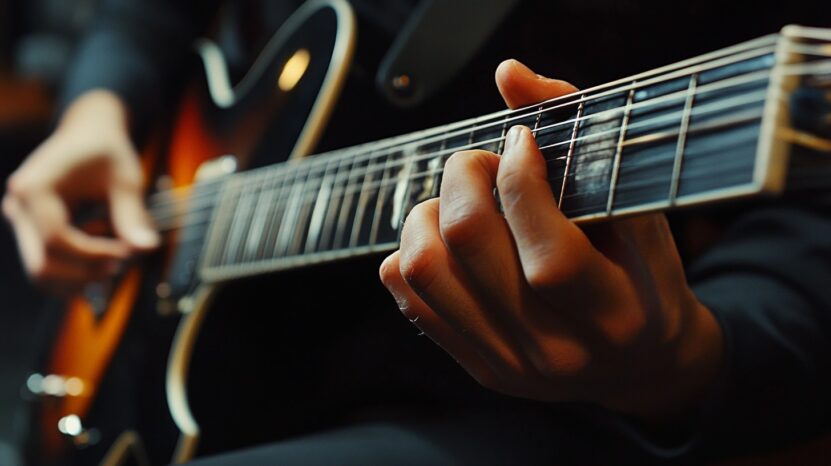
It delivers a quick and easy way to access power chords, making it perfect for rhythm players and a heavier, punchier sound.
- D Major: Open low D string paired with traditional D chord formation adds depth.
- D5: Simply barre the low D, A, and D strings (6th, 5th, and 4th) to create a strong power chord.
Chords like G Major and B Minor are also adjusted in Double Drop D, providing open, resonant voicings.
The G chord can be modified by leaving the low D string open, allowing the chord to ring with a more complex sound.
B Minor can be adapted to allow for more open strings, achieving more dynamic quality.
- G Major: Keep the low D string open, which adds a deep, droning bass note while maintaining the traditional G chord shape.
- B Minor: By adjusting finger positioning, the chord can incorporate open strings, adding a unique resonance.
Movable chord shapes also become more versatile in this tuning. Since the low strings are tuned to D, power chords across the low D-A-D strings can be moved up and down the neck with no effort.
This lowered tuning simplifies finger placement, allowing for easier transitions between chords and more freedom to experiment with different voicings.
Also Read: How to play B Major like a pro – Discover methods for beginners and pros!
The Bottom Line
Exploring this tuning reveals its immense potential to enhance rock music and beyond.
With its capacity to create resonant, full-bodied sounds, it’s no wonder many musicians have adopted it in their playing.
You’ll unlock new musical possibilities that can inspire fresh creativity and push your guitar playing to new heights.



